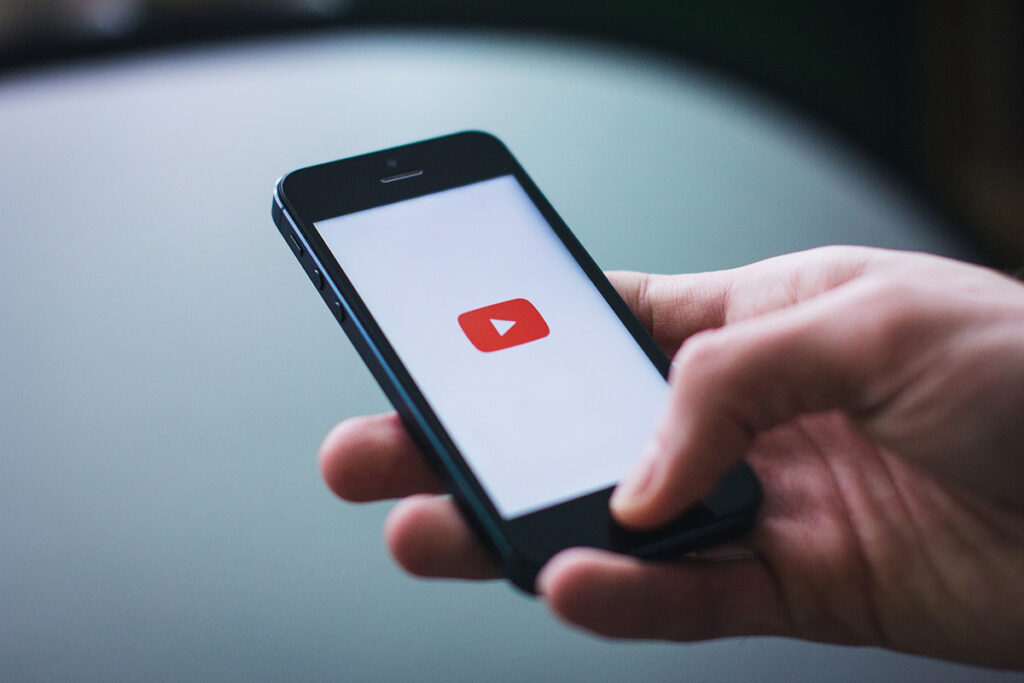YouTube has taken a bold step forward in public health education by introducing a new feature that highlights first aid videos for a range of urgent health situations. This project, titled “First Aid Information Shelves,” is poised to change the way users find vital health information during emergencies.
The goal of this feature is to offer immediate access to detailed first aid guidance from reputable health organizations. It addresses the critical demand for trustworthy information in emergencies like heart attacks, seizures, choking incidents, bleeding emergencies, and opioid overdoses. The objective is to equip ordinary individuals with crucial life-saving techniques, particularly in instances where rapid medical intervention is key.
In a significant collaboration, YouTube has partnered with leading health entities such as Mass General Brigham, the Mexican Red Cross, and the American Heart Association. These organizations have curated the videos featured, guaranteeing that users get dependable, actionable advice.
A standout video includes a demonstration by a Mass General Brigham doctor on the correct execution of the Heimlich maneuver. This kind of practical first aid instruction is central to YouTube’s new initiative, providing straightforward, usable tips for immediate application during emergencies.
In a move to further bolster health education, YouTube has joined forces with the American Heart Association to present a complimentary CPR course. This course has drawn considerable attention, particularly with the involvement of professional football player Damar Hamlin, who suffered a cardiac emergency during a game. His experience has notably heightened public interest in learning CPR, an essential skill in emergency response.
This initiative signifies a new direction for YouTube in terms of health content. Previously, while the platform offered videos from authoritative health sources, it is now focusing on content that is directly useful in emergency situations. This change reflects YouTube’s intention to become a more effective resource in medical crises and to combat the spread of health misinformation.
Acknowledging the diverse linguistic needs of its global user base, YouTube has made these first aid videos available in both English and Spanish. Plans are underway to extend language support, emphasizing YouTube’s dedication to making first aid knowledge more accessible worldwide. This initiative underscores the vital role of technology in spreading potentially life-saving information to a wide audience.


